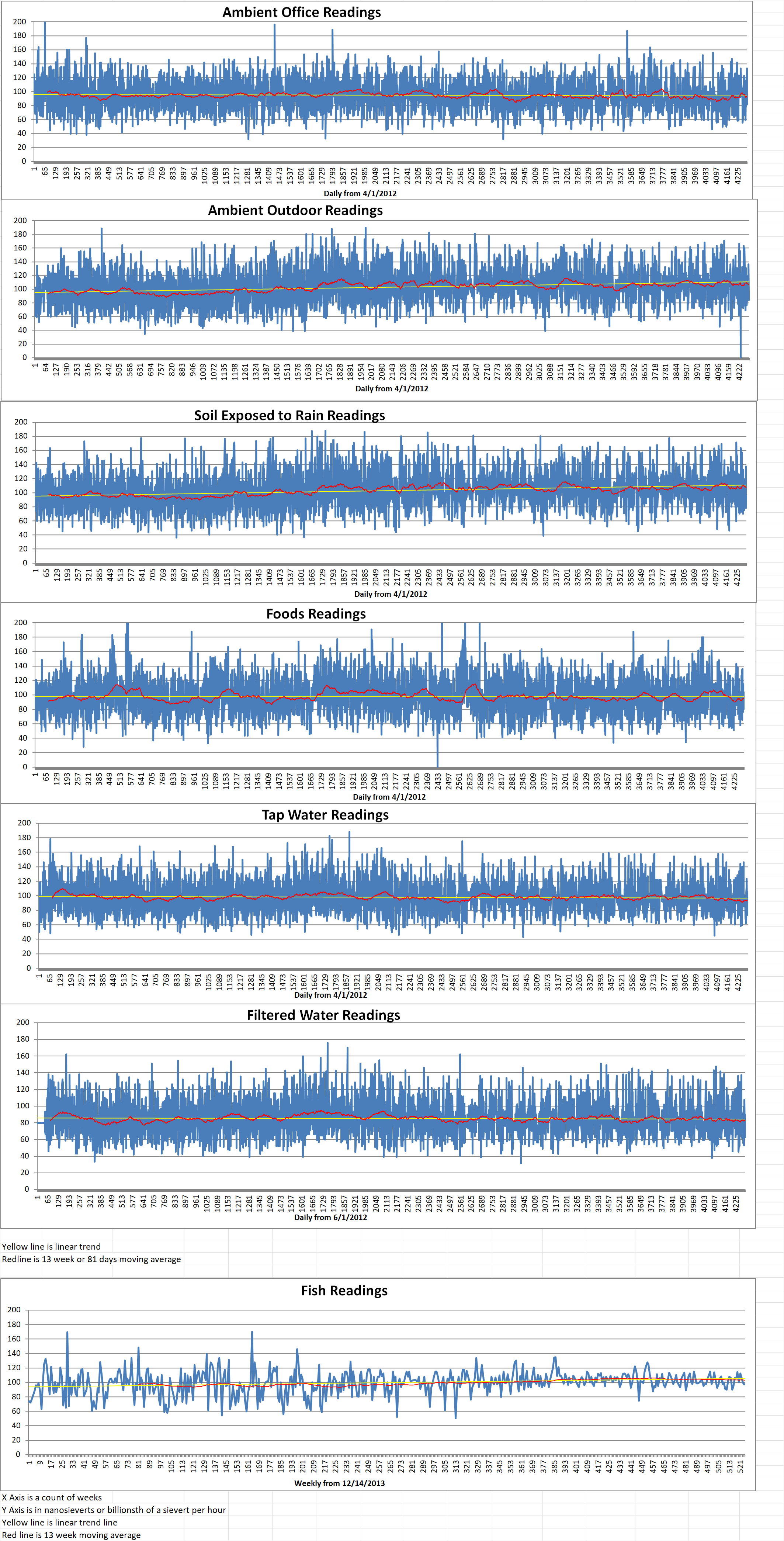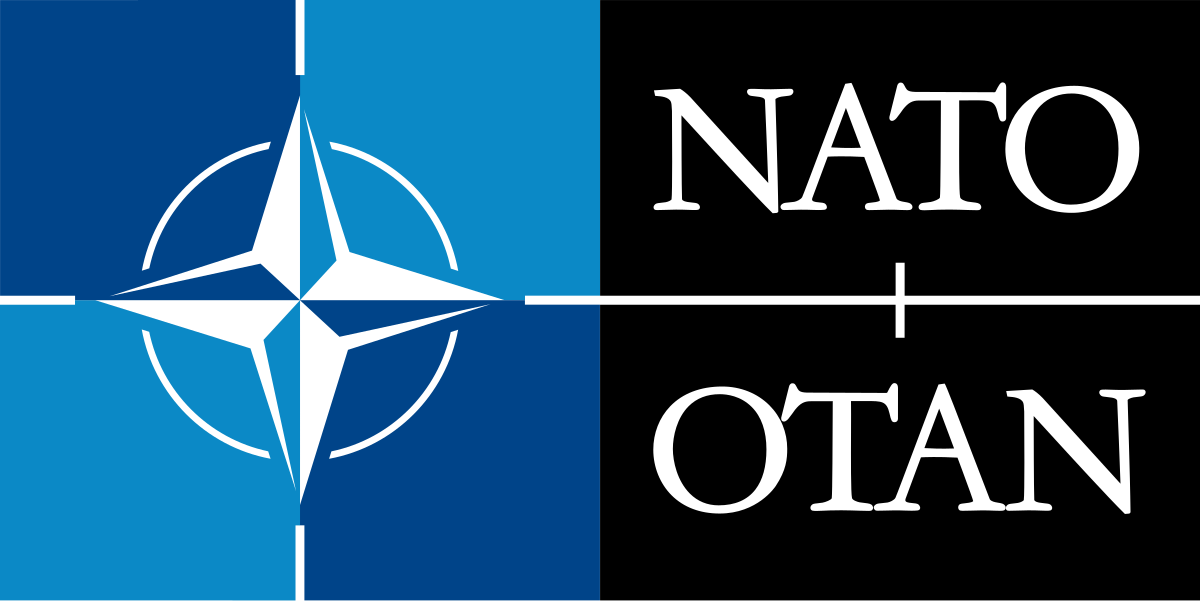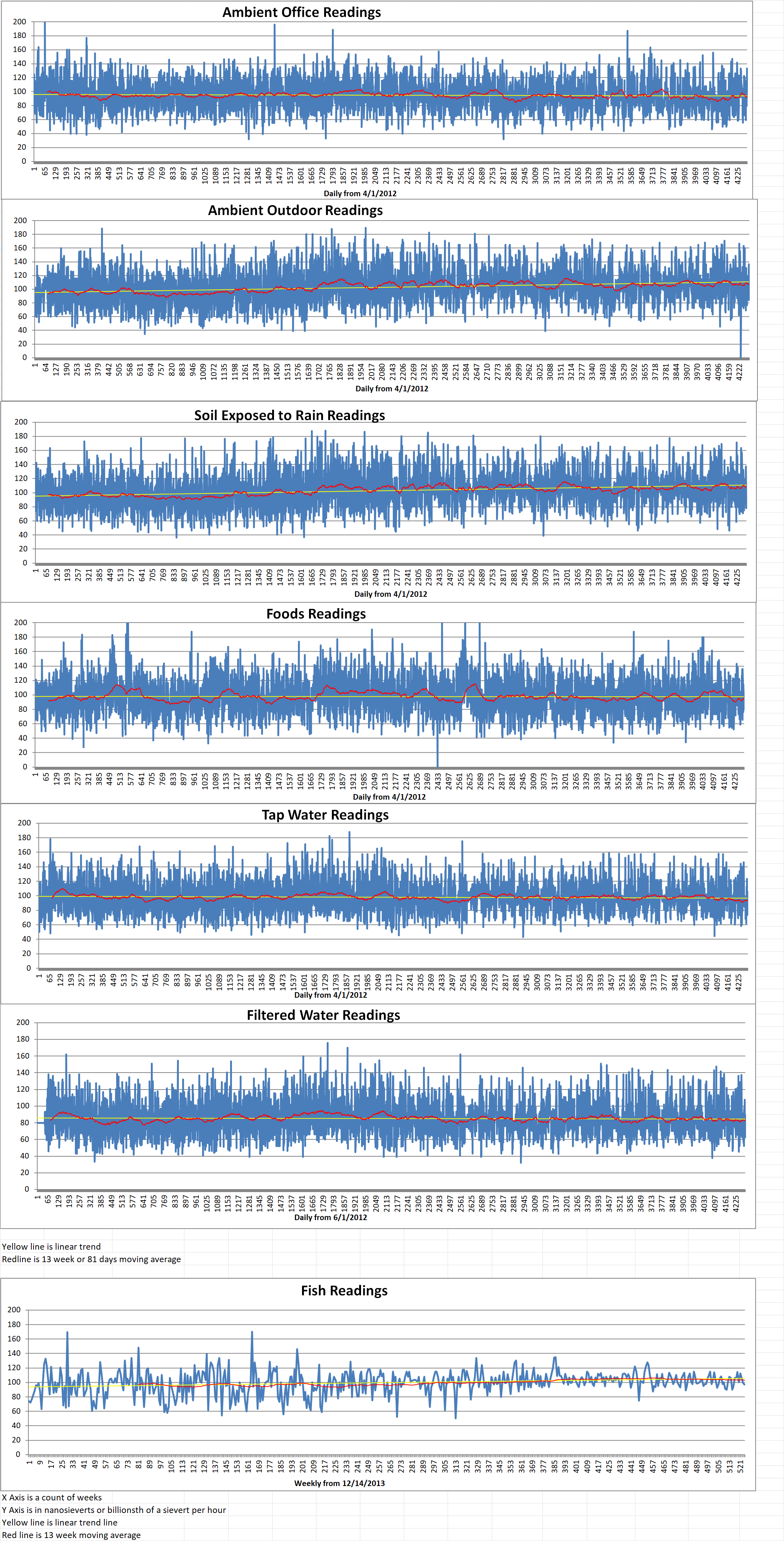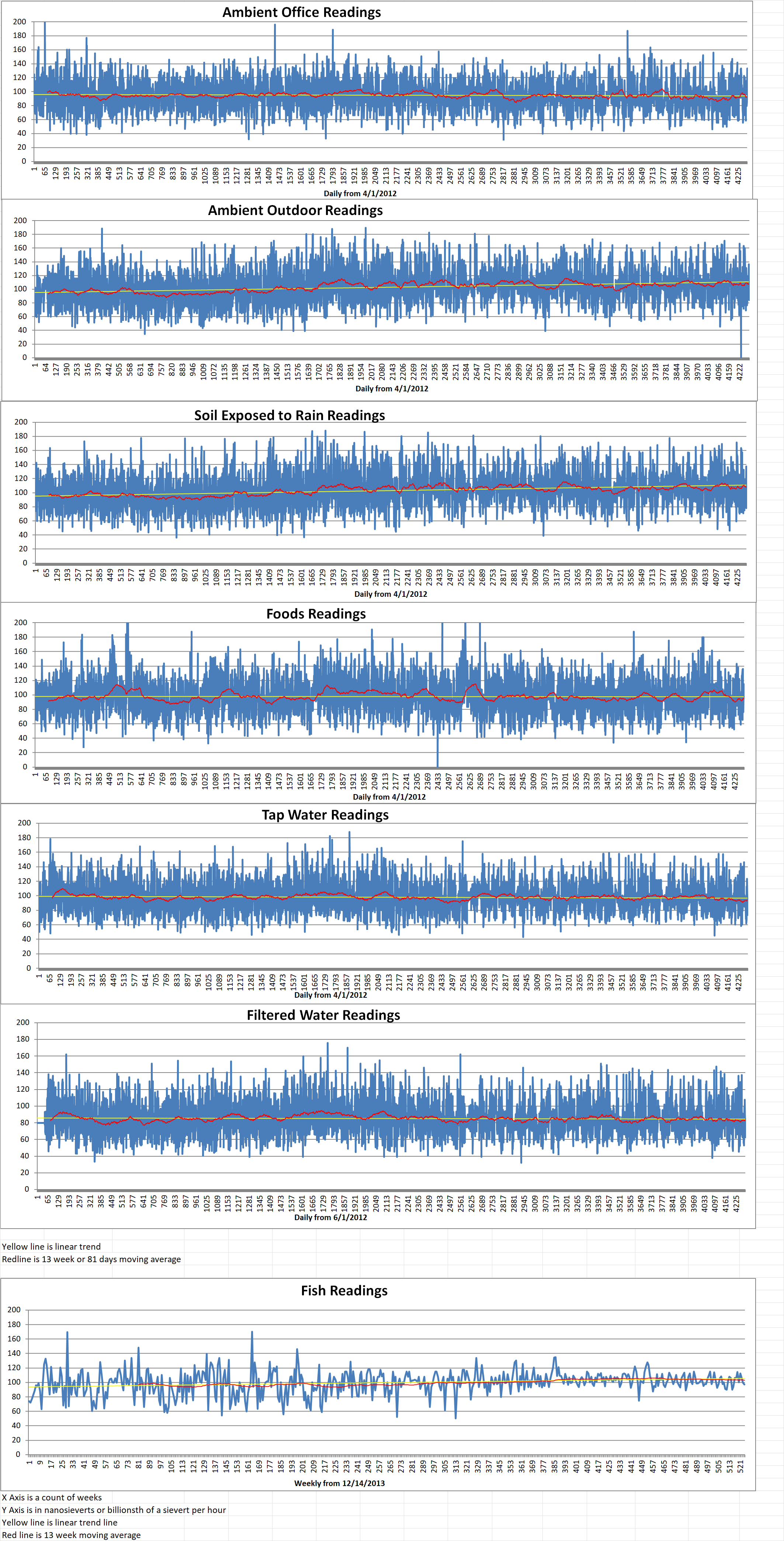Nuclear Weapons 864 - Russian Commentator Says That Russia Is Planning On Nuking An American Fleet
Igor Korotchenko is a Russian military expert. He recently suggested on state-owned TV that the Kremlin plans to attack U.S. ships with nuclear weapons.






